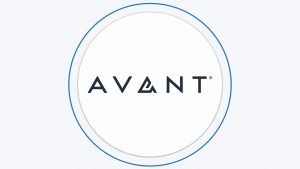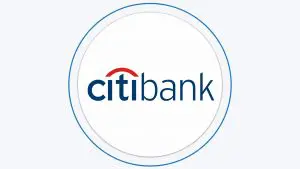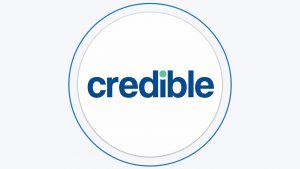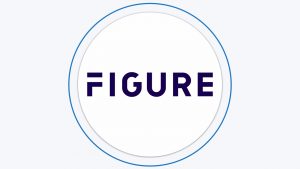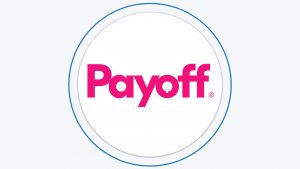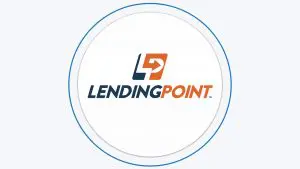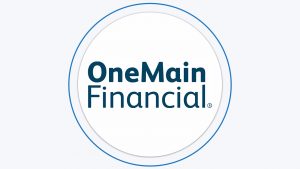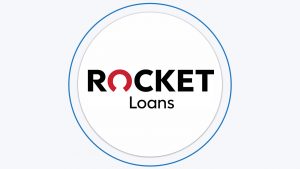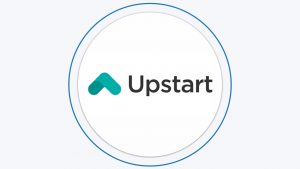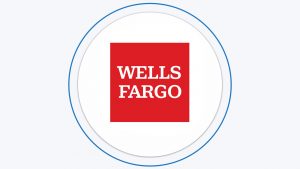Table Of Content
With inflation affecting almost every aspect of the cost of living, many people are wondering about the impact of inflation on personal loans. There is a relationship between inflation and interest rates as the FED adjusts the base rate in a bid to control inflation.
This means that if inflation is rising at higher than optimum levels, the FED will increase the base rate and this will then be reflected in the rates offered to consumers for both deposits and borrowing.
At the beginning of 2023, the average personal loan rate had increased to 11.58%. While this may not seem like much, an additional 1% could have a massive impact on your personal loans.
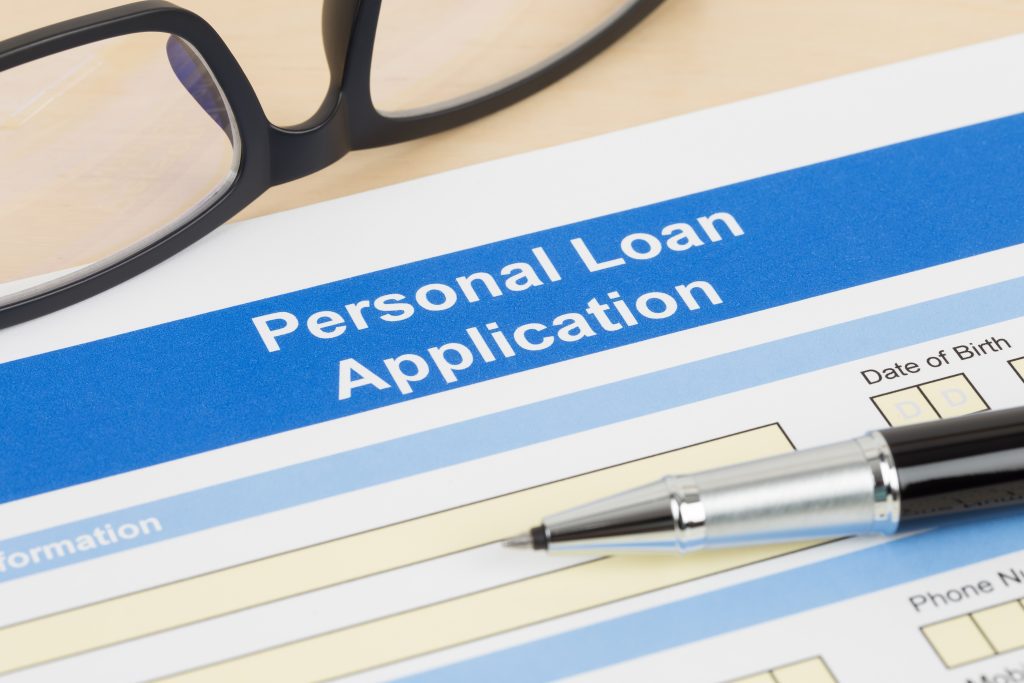
What Is A Personal Loan APR?
If you’re new to personal finance or you’ve never had a loan before, you may feel a little overwhelmed by the new terminology surrounding lending products. The most common of these is the personal loan APR.
APR is an abbreviation of Annual Percentage Rate. Essentially, this is the charge lenders impose for borrowing funds. Just as you receive money on deposit accounts in the form of interest, the APR on your loan relates to how much the bank will charge you for this service.
As we’ve just discussed, the A in APR stands for annual. So, this percentage is for the entire year. However, while the rate remains the same, as you make monthly payments, the outstanding balance will go down. So, the amount of interest in dollars will become less over time.
Personal Loan APR - Example
For example, if you take out a $10,000 loan with a 10% APR, it would be easy to assume that you would pay $1,000 in interest per year.
However, if you were paying $500 a month as your repayment, in the first month, you would pay 1/12 of that $1,000 interest and the remainder of your payment will bring down the balance of the loan. So, the following month, you only pay interest on $9,583. So, you’ll pay less interest, and the loan balance will drop even further.
You don’t need to get too involved in the calculations, as your loan offer will detail how much interest you will pay over the lifetime of your loan at your indicated APR.
The table below shows how much interest you'll pay each year if you take a $20,000 loan for five years with a 7% interest rate. The total interest of the loan is 3,761.44, but the significant amount of interest paid on the first years.
Year | Total Interest | Interest Paid | Percentage Of Total |
|---|---|---|---|
1 Year
| $3,761.44
| $1,290.33 | 34%
|
2 Year
| $3,761.44
| $2,330.39 | 62% |
3 Year
| $3,761.44
| $3,102.10
| 82%
|
4 Year
| $3,761.44
| $3,586.05
| 95%
|
How is Your Personal Loan APR Determined?
Your personal loan APR is calculated for your specific application and financial circumstances. There are several factors that financial institutions will consider to determine your rate. These include:
- The Base Rate
First and foremost, banks and other financial institutions watch for changes in the base rate set by the FED. When the FED increases the rate, banks will follow suit and increase their rates.
So, when the base rate is low, you can expect lower personal loan APRs, but unfortunately, the reverse can occur.
- Your Credit
The lender will decide on your personal loan APR rate according to your risk profile. If you have good or excellent credit, the lender can be almost certain that you handle financial responsibility well and will repay your loan.
However, if you have poor or fair credit, the lender will assume that you are a higher risk and will charge a higher rate to hedge against any potential losses or admin costs they may incur.
- Your Income
This follows on from your credit score and credit report, but the lender needs to feel confident that you have sufficient income to service the new loan. Most lenders required at least $20,000 annual income.
So, it is possible to be declined for a loan even if you have excellent credit, if the lender deems your income too low or if you don't have a job.
- The Loan Amount
Generally speaking, you can obtain a more attractive rate if you have a larger loan amount. Although there may be less risk involved in a smaller amount, smaller loans tend to be more admin heavy.
They tend to also have a shorter term, which means that you will pay less interest overall, while the bank still needs to process your application, each of your monthly payments and then finalize the loan completion to close out your account.
- The Term
Typically, longer-term loans can attract a lower rate. This follows on from the above point, but essentially, a longer-term loan means that the bank can rely on having a long-term relationship established, which means more potential profit.
Additionally, the longer the term, the more interest you’ll pay over the lifetime of the loan, making it more profitable for your lender.
- Security
While most personal loans are unsecured, there are some companies that offer secured personal loans. This means that you offer some form of collateral against the loan.
In the event that you default on your repayments, the lender can then seize that asset to reclaim its losses. This reduces the risk for the lender and this is reflected in lower rates.
What’s My Expected Rate?
As we discussed earlier, one of the key factors in determining your rate is your credit score. While it is impossible to predict your specific rate, some averages may be helpful to you.
- Excellent Credit: If your credit score is 720 or higher, you have excellent credit. With this level of credit, you can expect average personal loan rates between 9% to 13%, with the lower percentage available for those with the very best scores.
- Good Credit: With a score above 680, you are considered to have good credit. This would provide an average personal loan APR of 17.8%.
- Fair Credit: If your score is between 580 and 680, your credit is fair. You may struggle to qualify for competitive rates, paying an average of 22%.
- Poor Credit: If your score is below 580, you’re considered to have poor credit. With poor credit, you may need to resort to more specialist lenders, who while offering more flexible qualification criteria do charge higher rates to compensate for their higher risk. Unfortunately, this comes at the cost of very high APRs, which may exceed 30%.
In this chart compiled with LendingTree customer data, you can see that those with a 720+ credit score pay an average of 7.63%. At the other end of the scale, for those with a poor credit rating of less than 560, the rate shoots up to an eye-watering 113%.
Personal Loan Rate vs APR: What’s the Difference?
Another potentially confusing aspect of personal loan rates is that you may see two different percentages when you’re looking at a product. These figures are the interest rate and the APR. In most cases, these two charges are the same, but there is a key difference, which may impact your decisions.
- The interest rate is the basic interest charge for borrowing the funds. This is a percentage and it indicates how much interest you will be charged on each payment.
- The APR is also a percentage, but it represents the annual cost of the loan to you. This means that any fees, such as closing costs or other fees that are applied to the loan are calculated into the APR.
How To Compare Personal Loan Rates
Now, you have an understanding of personal loan rates, we’ll explain a little about how to compare rates when you’re shopping for a loan. There are several things that you’ll need to consider to make an accurate comparison.
- The APR: This is the most obvious point, but you’ll need to look at the APR rate for the loans to see which offers a lower percentage. However, you cannot simply choose the lowest rate, as there are other factors to compare.
- The Fees: Some lenders, particularly those who specialize in offering loans to those with less than ideal credit may impose an origination fee to arrange the loan. You will also need to look at any other fees you may incur, such as late payment fees, or payment processing fees. If one company has a lower APR, but its fees are far higher, you’ll need to do some calculating to work out which one is the better deal.
- Early Repayment Penalties: While you may have every intention of running your personal loan for its entire lifespan, your circumstances may change. If you have some unexpected cash windfall, such as a bonus from work or a tax refund, you may want to pay off some or all of your outstanding loan balance. Unfortunately, an early repayment penalty can mean that you end up with a charge of a few percent of the balance. An early repayment penalty may also restrict you from switching loan products should the rates fall or your credit improve in the future.
- Compare Like for Like: Finally, as we touched on earlier, the loan amount and loan term can also play a role in your loan APR, so make sure you’re comparing like for like deals.
How to Lower Your Personal Loan APR?
If you’re struggling to get a good APR, there may be a few things that you could try to qualify for a lower rate. These include:
- Work On Your Credit
This is the most obvious point, but it will only apply if you don’t need the funds immediately. If you can delay taking out your loan for six months to one year, you can take some proactive action to boost your credit score. Concentrate on paying down outstanding debts and making your regular repayments on all your accounts on time.
If you don’t have a credit history or you need to rebuild your credit, you may want to consider a secured credit card. This type of card does require you to provide a deposit, but they are very easy to qualify for. You can then use the card for small purchases and repay the card balance in full each month. This will then be logged with the credit bureaus to establish a solid repayment history.
- Assess Your Debt To Income
Lenders typically consider you a higher risk applicant if you have a high debt to income ratio. There are two ways to address this; either try to pay down your existing debt or try to increase your income.
If you are not in a financial position to reduce your existing debt, consider getting a side hustle to boost your income. This will not only provide some additional cash to manage your debt obligations, but also you can use this supplemental income to support your loan application.
- Look For A Secured Loan
If you have an asset, such as a car, home or investments that can be used as collateral, look for lenders who will allow you to secure your loan. Since you’re offering security, the lender will have less risk and should offer a lower rate.
However, you do need to be aware that your asset will need to be appraised or surveyed, so the lender can ensure it holds sufficient value to support the loan. This means that the entire loan application process is likely to take longer. In some cases, it may take weeks until the loan is approved and funded.
- Use A Co-Signer
If you don’t have great credit but you have a partner or family member who does, they could act as a co-signer for your loan. There are numerous lenders who allow co-signed or joint loan applications. Essentially, your co-signer is agreeing to take financial responsibility for the debt if you default.
This means that the lender will not only look at your creditworthiness, but also your co-signers. So, you increase your approval chances and may be able to score a better APR.
- Consider Alternative Products
If you’re still struggling to get a good APR, it may be time to consider alternative lending products. There is a vast choice of different borrowing products in the marketplace, each with their own pros and cons.
You may be able to find an alternative that works for your financial circumstances, yet offers a better rate.
FAQs
Is 35% APR high for a personal loan?
Yes, at this rate, you are likely to have poor credit and be considered a high risk for the lender.
Where do you get low interest loans?
You can find low interest personal loans at banks, credit unions and other financial institutions. However, you may find online lenders offer lower rates since they don’t have to pay for the overhead of maintaining a branch network
What type of personal loan has the highest APR?
Personal loans for those with bad credit tend to have the highest APR.
What is the lowest APR personal loan?
There are some credit unions and online lenders who are offering personal loans with an APR starting at 6.99%.
What Is a Good APR on a Personal Loan If I have bad credit?
If you have bad credit, it may be hard to get a personal loan and the average APR for a personal loan may be 30% or higher, so anything under this would be considered good, as of April 2024.
What Is a Good APR on a Personal Loan If I have fair credit?
With fair credit, the average APR is 22%, so if you can find a rate less than this, consider it a good APR , as of April 2024.
What Is a Good APR on a Personal Loan If I have good credit?
If you have good credit, anything below 12% APR is considered a good deal, as of April 2024.
